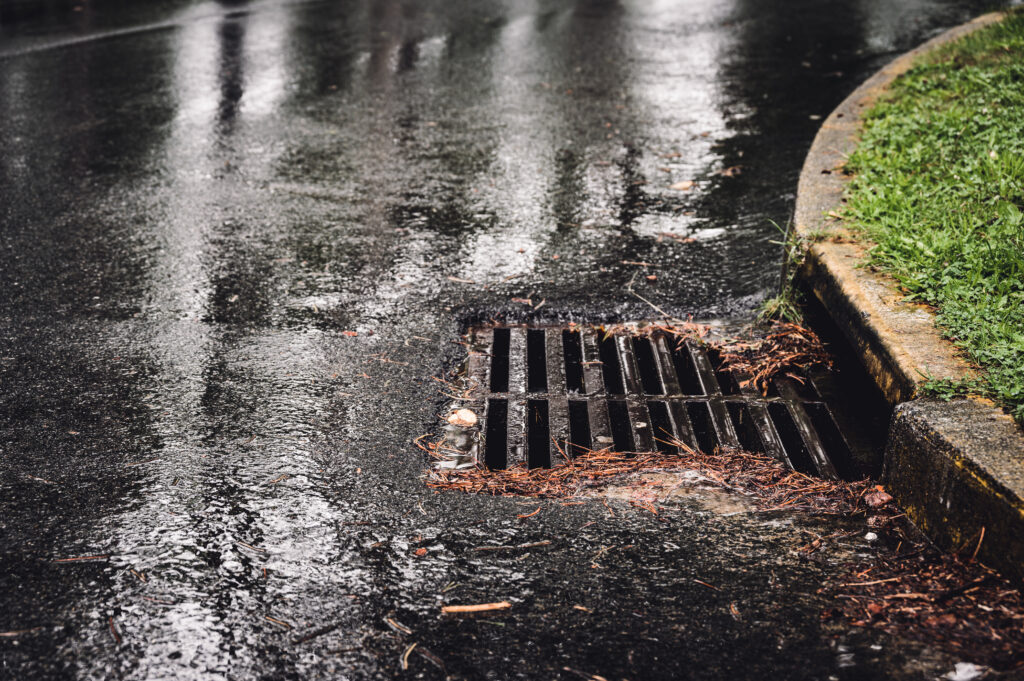Storm Water Pollution Prevention


Storm Water Pollution Prevention Program

Storm Water
Storm Water is urban runoff water that has picked up pollutants as it flows through the storm drain system–channels, gutters and pipes that collect runoff from city streets, neighborhoods, farms, construction sites and parking lots–and ultimately discharges directly into local waterways without treatment. Unlike sewage, which goes to treatment plants to remove toxins, urban runoff flows untreated through the storm drain system and directly into our local water bodies.
EPA’s Storm Water Phase II Rule establishes an MS4 Storm Water management program that is intended to improve the nation’s waterways by reducing the quantity of pollutants that Storm Water picks up and carries into storm sewer systems during storm events.
Common Concerns
- Trash
- Pet Waste
- Motor Oil
- Anti-Freeze
- Paint
- Pesticides and Fertilizers
- Cigarette Butts
- Plastic Water Bottles
- Dog Owners
- Car Enthusiasts
- Pool Owners
- Gardeners
- Solvents and House-hold Chemicals
- Poses a serious health risk to people swimming or fishing in our water bodies, especially near a storm drain outlet.
- Endangers countless marine plants and animals, which can become sick or die from the pollution.
- Clogged catch basins can significantly decrease the quality of life in many neighborhoods, as well as create the potential for local flooding during rain.
- This buildup of trash and debris can attract rats and cockroaches, create foul odors, and clog the storm drain system (affecting neighborhood aesthetics and property values).
- Recycle all your plastic, metal, and glass bottles appropriately
- Avoid Spills
- Pick up after your dog every time
- Choose Non-Toxic Alternatives
- Dispose of toxic waste properly
- Report a clogged storm drain to your local county